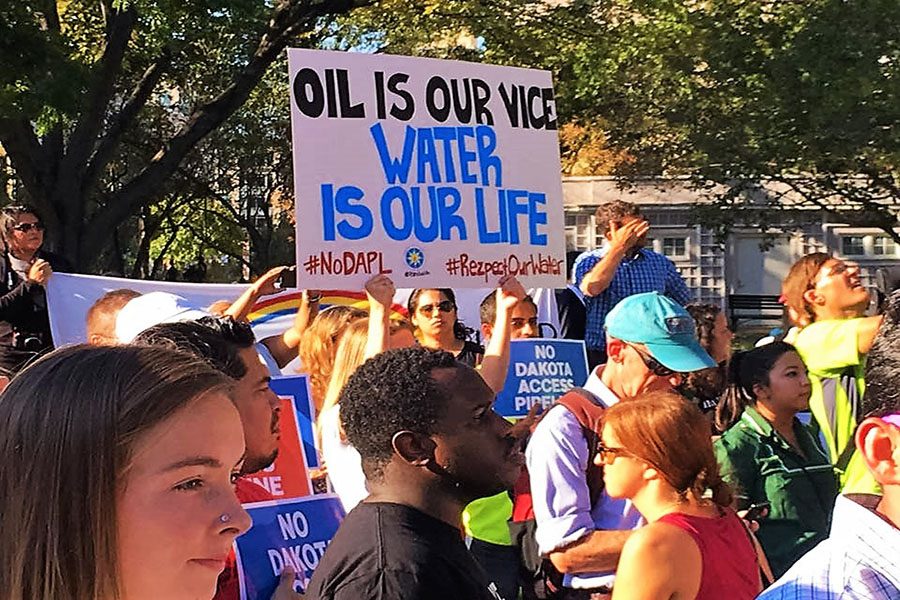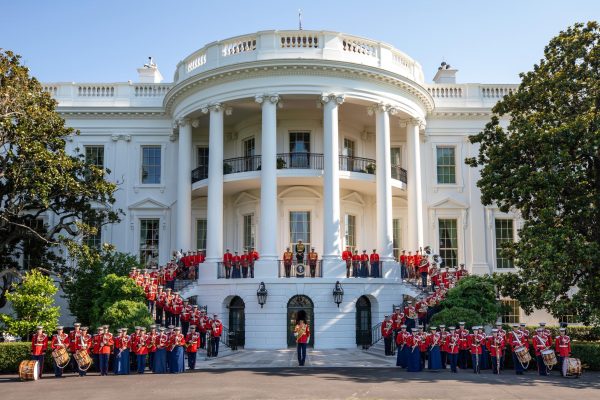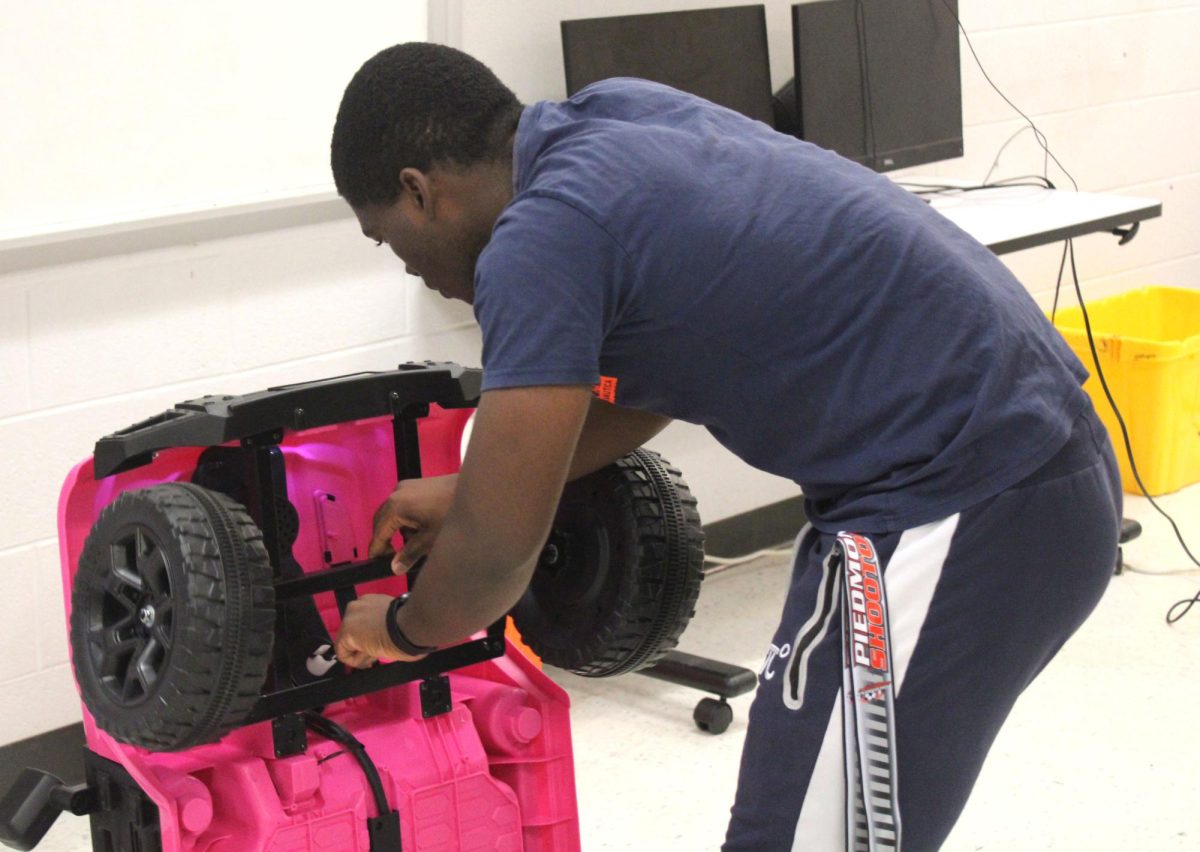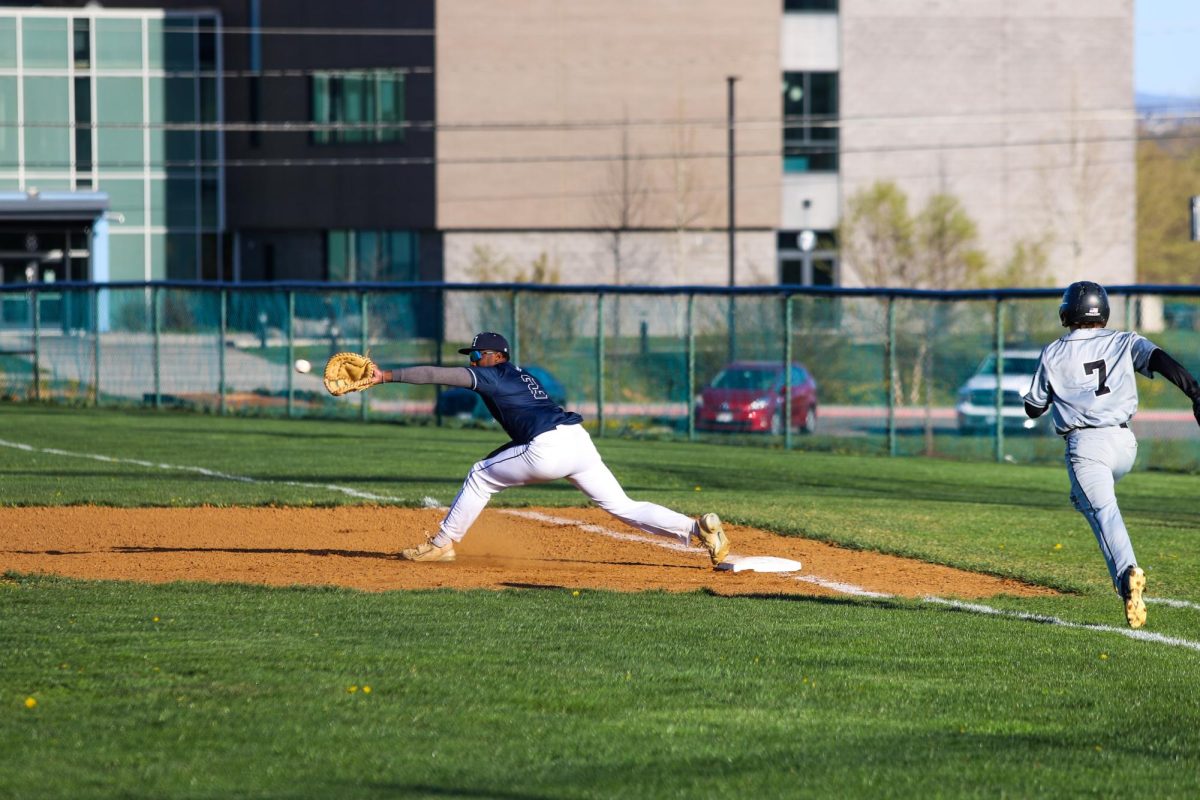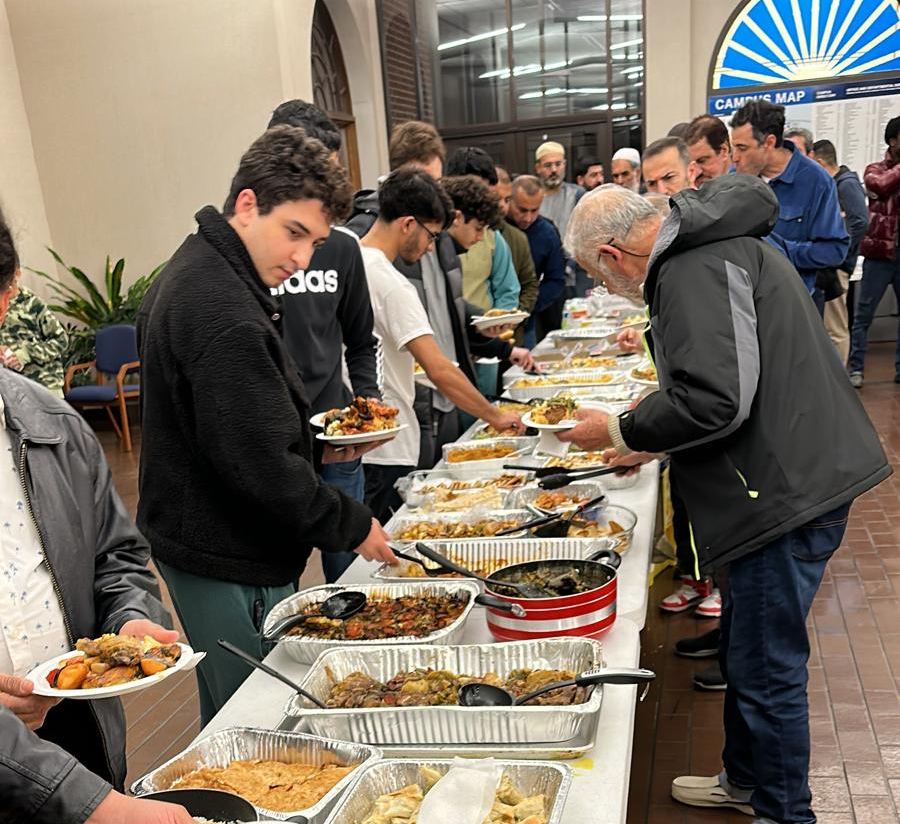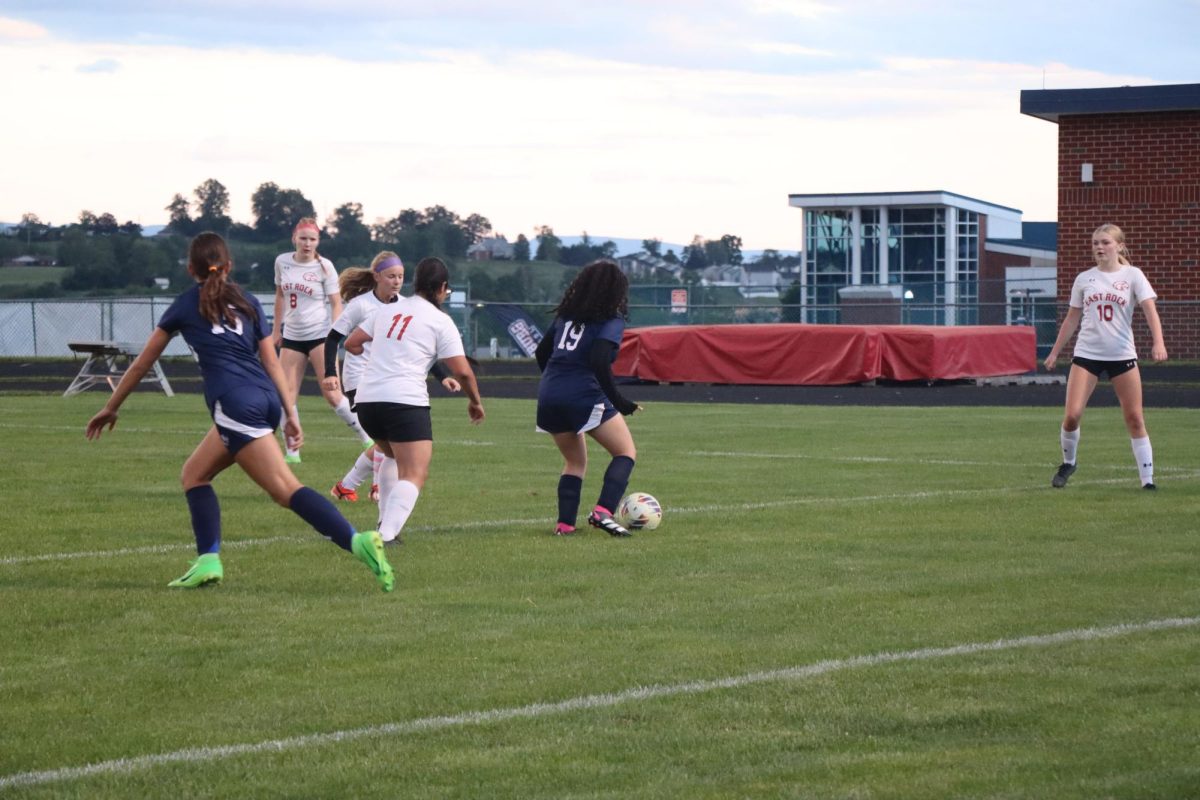Pipeline protest in DC
September 20, 2016
On September 13, a rally took place outside the White House in Washington D.C. in protest of the Dakota Access Pipeline project that is currently underway in North Dakota. The pipeline is supposed to run oil from North Dakota through South Dakota, Iowa and Illinois, crossing under the Missouri River and many others. Over 500 protesters found themselves in Lafayette Square, adorning the lawn with vibrant signs that bore slogans like “keep it in the ground” and “oil + coal + gas = climate chaos”. Several key speakers of the environmental movement took the stage to add their voices to the growing disagreement with the pipeline.
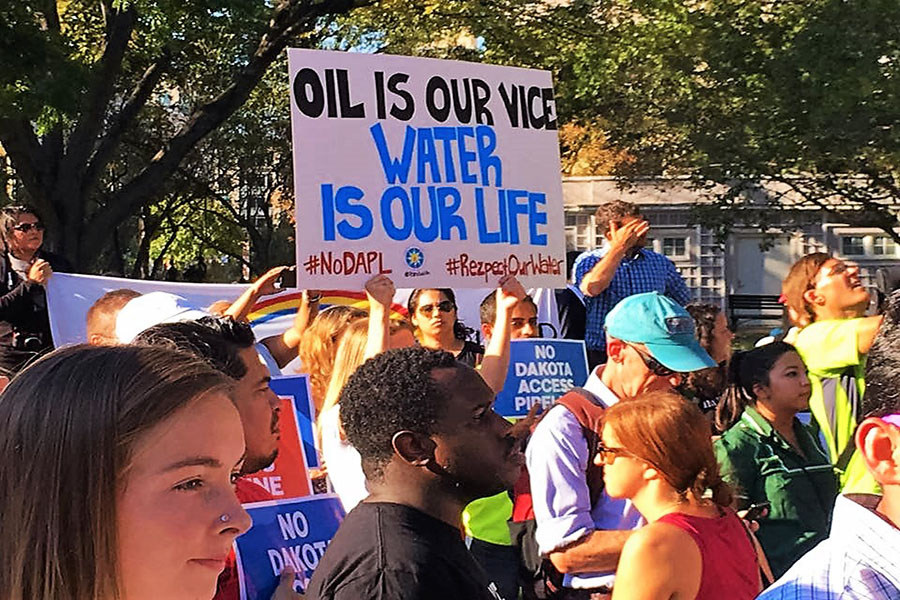
Signs are held up by protestors
The official website of Dakota Access says that there will be “safe transportation” of an estimated 470,000 barrels of oil per day, with a capacity for over 570,000. On paper, the project seems like a cost effective decision that will create jobs and open new markets. This is not the case. The project promises “safe” transportation of oil, although just months ago another pipeline carrying oil from the Bakken fields (the same as detailed in the Dakota project) spilled 30,000 gallons of oil into the Yellowstone River, destroying the drinking water in that area.
The Dakota Access Pipeline, originally placed in Bismarck, North Dakota, was moved down the Missouri near the Standing Rock Reservation in Cannon Ball because the Energy Transfer company believed that placing a pipeline near the population of Bismarck would be “too risky”. This project threatens the drinking water of not only the people of Standing Rock, but the rest of the populous near the Missouri—some 140 million people. Most directly affected will be the Native American population of Standing Rock, whose lives Energy Transfer has deemed less important than those in Bismarck or anywhere else in North Dakota.
The project not only affects the community’s drinking water, but also the safety of the women on the reservation, one in three of whom will be raped in their lifetime. These projects bring in camps of construction workers, and in past incidents native women have been assaulted by these men simply because they cannot legally prosecute in reservations as people in the rest of the nation can. The continued neglect regarding native rights in the US has left us a place where Native Americans not only receive the brunt of federal abuse, but aren’t even a part of the national conversation.
Since the project has been put into motion, the Native American community has become the leading protest group against the pipeline. Hundreds of tribes across the country have been brought together under the simple slogan, “water is life”. This kind of inter-tribal cooperation is unprecedented—it has never been seen it before, and it will never be seen again in this lifetime. Natives and non-natives alike have been camping on the Standing Rock Reservation since February in peaceful protest of the construction project, and they have recently faced a number of different abuses from police, including arrests, mace and dog attacks. These abuses do not vary based on age or sex.
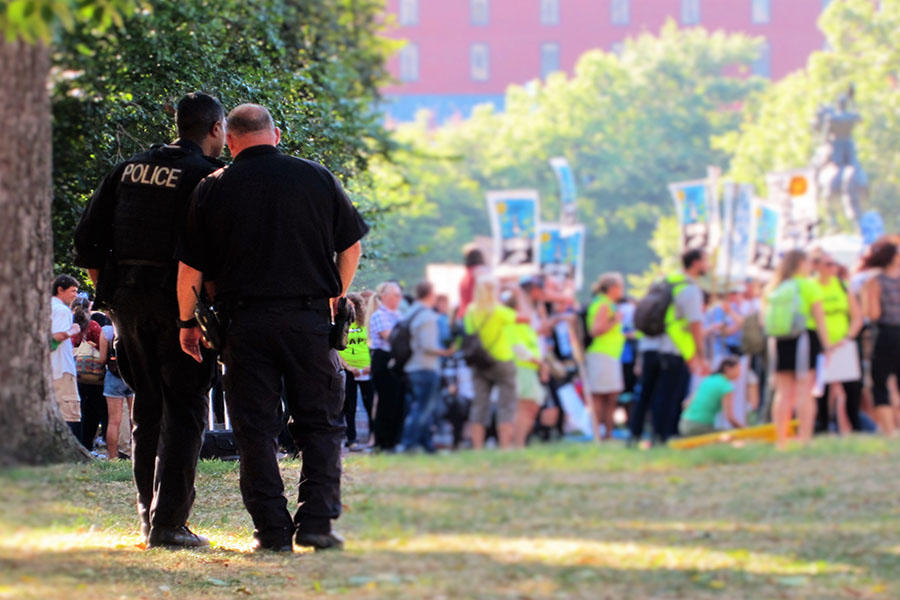
Security officers watch over the protest
One of the keynote speakers at the rally was a girl named Jasilyn Charger, a member of the Cheyenne River Sioux tribe, who ran almost 2,000 miles from North Dakota to D.C. with a group of women and children to petition against the pipeline. Her tear-filled speech discussed the dangers that the protestors faced, the odds they were up against and the repercussions of the project on the community. She remarked boldly about the irony of the “corporate thieves” placing “no trespassing” signs on native land. Jasilyn made points about the importance of preserving water, not for us, but for future generations—for the children and grandchildren and leaders of tomorrow. She called upon President Obama, who visited their reservation in 2014, to shoot down the project, saying, “you held our children in your arms, and now you hold our lives in your hands.” Her speech was full of passion about the youth and their place in making real changes to the world. The crowd, with right fists raised to the sky, felt her presence in a powerful way.
Following Jasilyn was a man named Van Jones, president and cofounder of non-profit organization Dream Corps, environmental advisor to President Obama, bestselling author and CNN contributor. He spoke about the importance of including indigenous peoples in the global conversation and ensuring that their rights were protected—in this case, their right to water and their right to life. He spoke of his family’s past in the slave trade, how he was a fifth generation American in his family but the first to have all his rights legally recognized by the US government. He spoke of the prejudices the native people of America face today, prejudices that have served as part of the foundation of the country itself, and the ways in which we as a society can help bring them to the forefront of politics. One of the men spearheading this inclusion of native peoples spoke after him—Bernie Sanders.
The second Bernie set foot on the rally stage, the crowd in front of him swelled with pride. As a man who quickly became the face of the modern progressive movement this election season, hearing
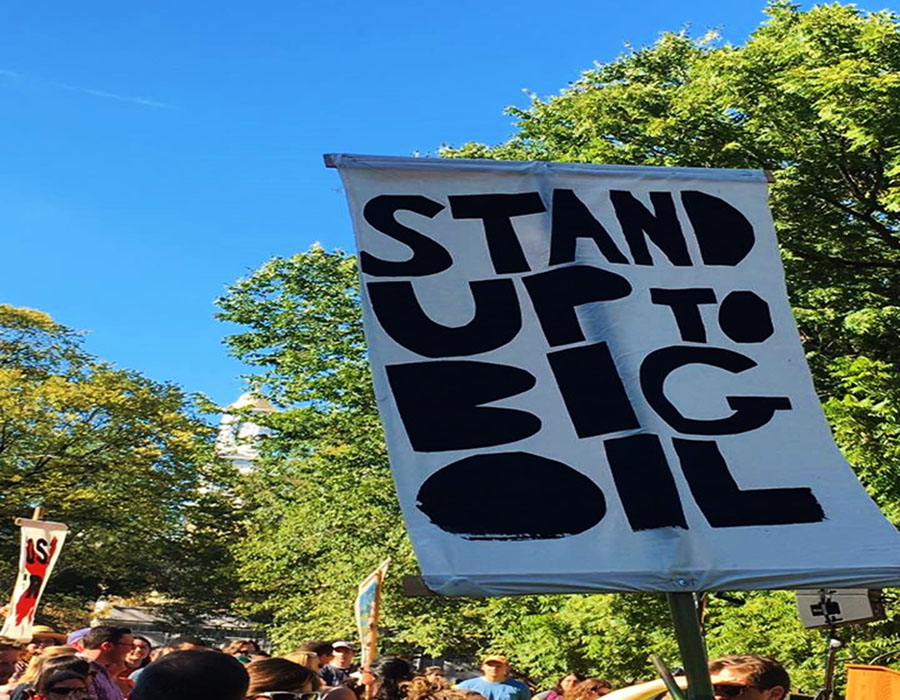
Protestors hold up signs against building the pipeline
Bernie speak at this rally was almost like hearing the word of God. He said that although the Obama administration had set forth a motion to halt the project, Energy Transfer would continue construction regardless unless faced with something stronger. He proposed a full-scale investigation into the safety of the project to counter the superficial one already conducted, stating that the report would surely shut down a project as potentially hazardous as the pipeline. Bernie continued by discussing his mission to include indigenous peoples in current politics, as they have quickly become the most vital part of the environmentalist movement and can no longer afford to sit on the backburner of national legislation.
As Bernie left the stage, the crowd flocked towards the front of the White House. Signs and costumes and drumbeats danced across the street as everyone, fists raised, began to chant:
“We are the people.
“You can’t ignore us.
“We will not let you build this pipeline.”



